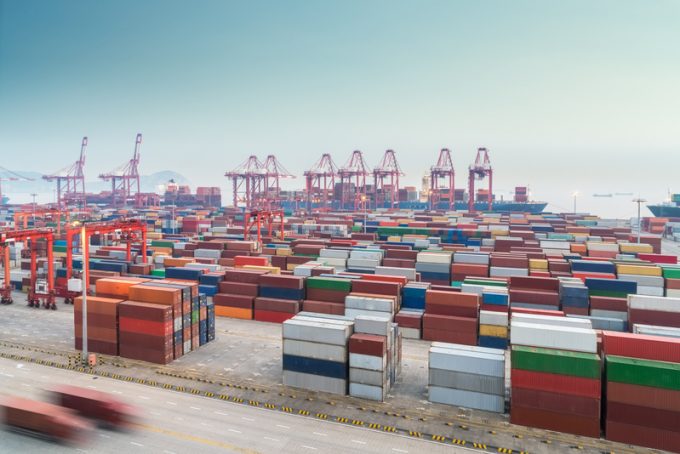Asia-Europe FAK price hikes manage to halt 13-week rate decline
This week’s FAK rate hikes introduced by carriers on the Asia-Europe trades managed to arrest ...

Drewry’s WCI container spot rate index was a sea of red ink again this week, ahead of a planned wave of ocean carrier general rate increases (GRIs) next month.
The unrelenting erosion of spot rates will be of particular concern for Asia-North Europe carriers.
Despite extensive blankings on the route, superseded by the 2M announcement of winter schedules and this week’s suspension of a service loop by THE Alliance, they seem unable to halt the decline in short-term rates.
The WCI Asia-North Europe ...
Transpacific sees first major MSC blanks as rates fall and volumes falter
Volcanic disruption at Anchorage could hit transpacific airfreight operations
Shippers snap up airfreight capacity to US ahead of tariff deadline
New price hikes may slow ocean spot rate slide – but for how long?
Supply chain delays expected after earthquake hits Myanmar
Tighter EU import requirements proving 'a challenge' for forwarders
Looming Trump tariffs will create 'a bureaucratic monster' for Customs

Comment on this article